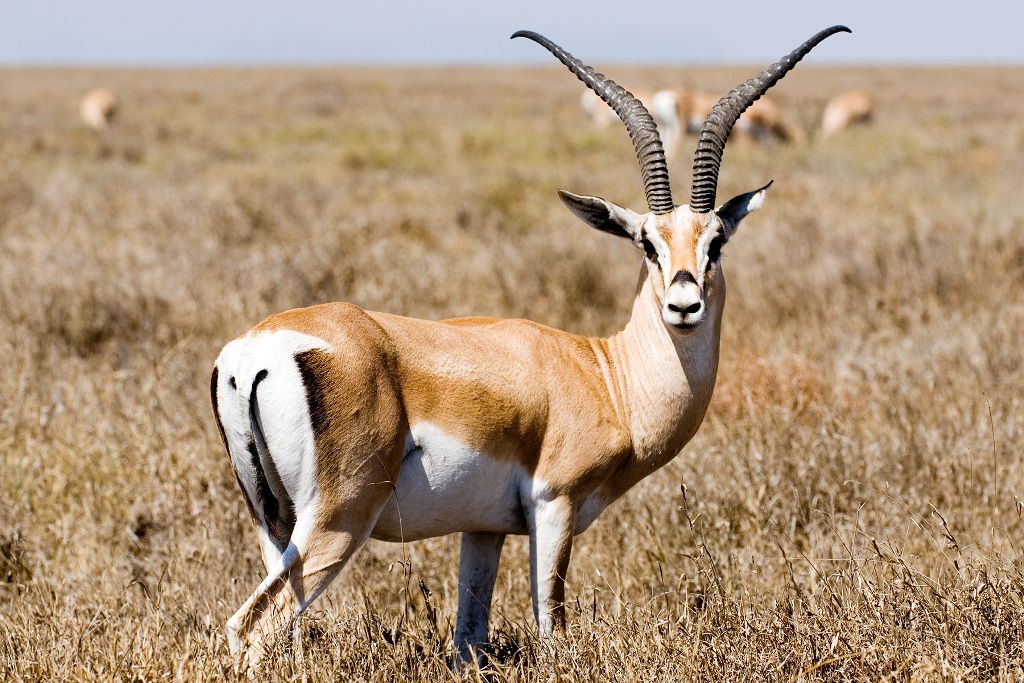
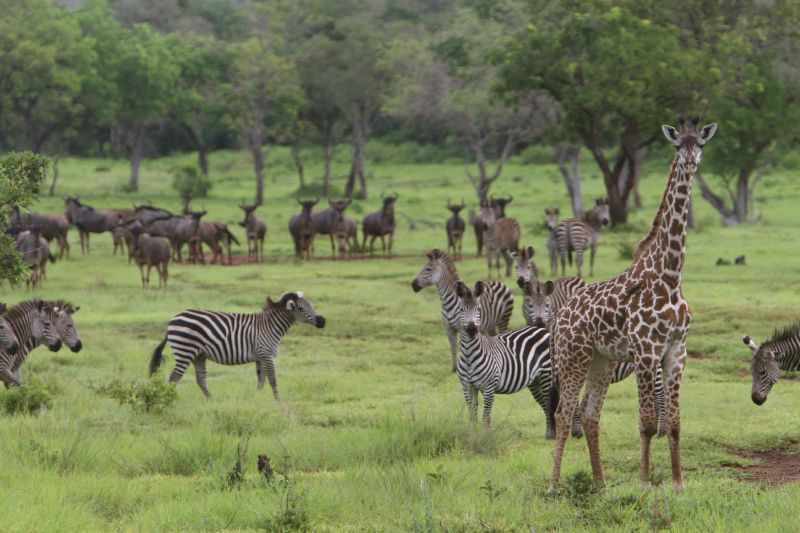 Selous Game Reserve
Selous Game Reserve
The Selous Game Reserve is one of the largest faunal reserves of the world, located in the south of Tanzania. It was named after Englishman Sir Frederick Selous, a famous big game hunter and early conservationist, who died at Beho Beho in this territory in 1917 while fighting against the Germans during World War I. Scottish explorer and cartographer Keith Johnston also died at Beho Beho in 1879 while leading a RSGS expedition to the Great Lakes of Africa with Joseph Thomson. The Selous was designated a UNESCO World Heritage Site in 1982 due to the diversity of its wildlife and undisturbed nature.
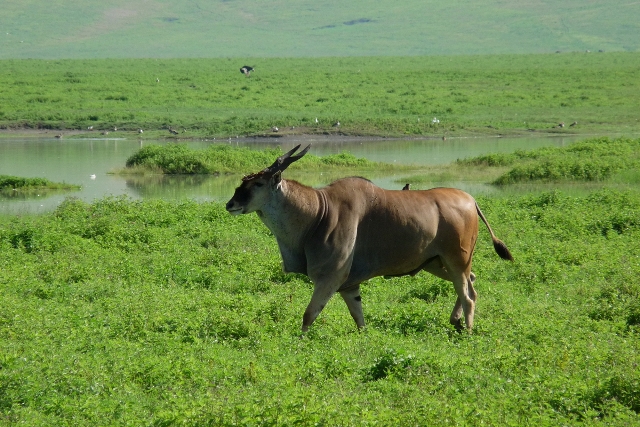 Selous Game Reserve
Selous Game Reserve
The Selous Game Reserve is an ecosystem (7,400,000 ha) and includes Mikumi National Park and Kilombero Game Controlled Area. A large area of the reserve is drained by the Rufiji River and tributaries that include the Luwegu, Kilombero, Great Ruaha, Luhombero and Mbarangardu. The Rufiji is formed by the Luwegu and Kilombero which join at Shughuli Falls. Soils are relatively poor and infertile. While there are many habitat types, the deciduous miombo woodland is dominant, providing the world's best example of this vegetation type; as this is thought to be maintained by fire it may be the result of human activities in the past. Large numbers of elephants, black rhinoceroses, cheetahs, giraffes, hippopotamuses and crocodiles live in this immense sanctuary, which measures 50,000 km2 and is relatively undisturbed by human impact.
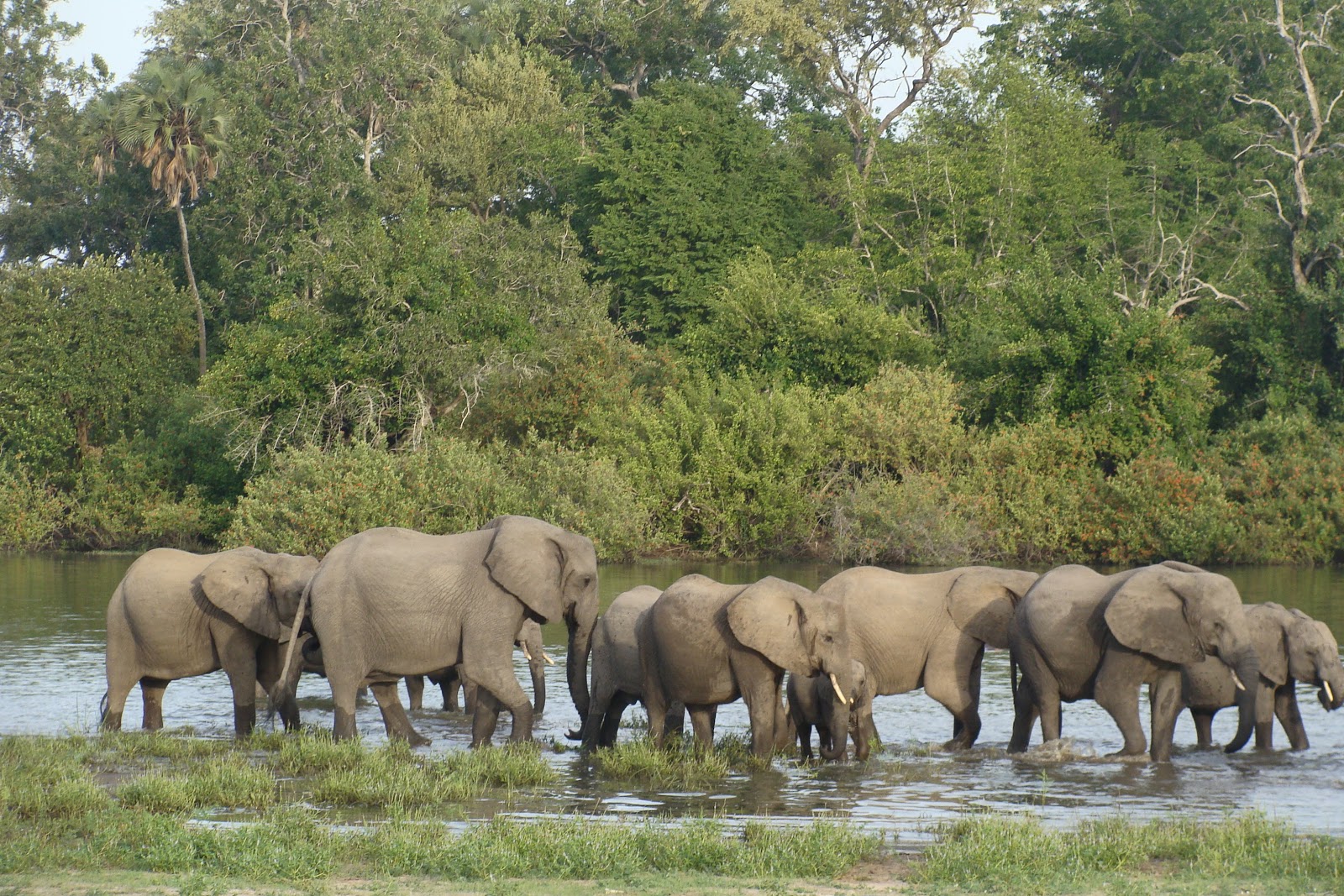 Selous Game Reserve
Selous Game Reserve
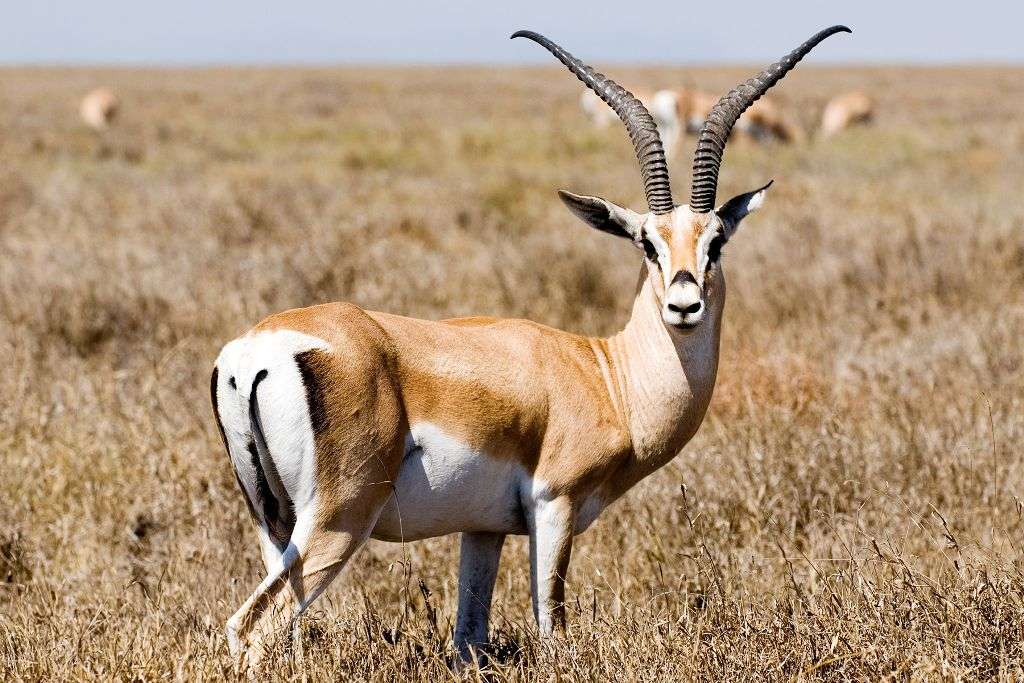 3 days lake manyara & ngorongoro crater
3 days lake manyara & ngorongoro crater
3 day(s) | Wildlife Tarangire
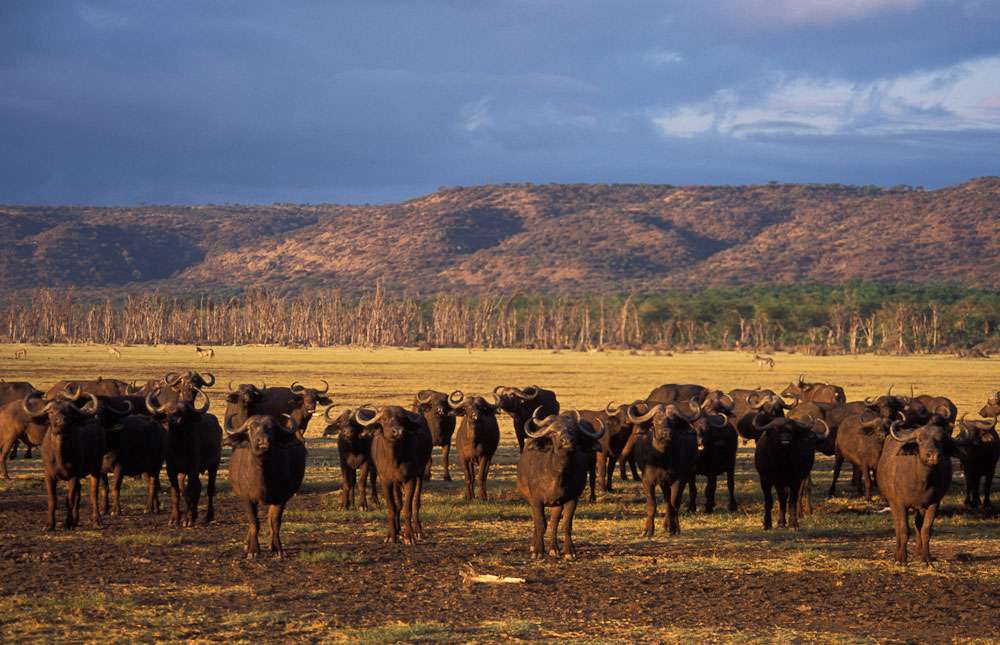 Lake Manyara, Ngorongoro Crater & Serengeti
Lake Manyara, Ngorongoro Crater & Serengeti
5 day(s) | Wildlife Manyara
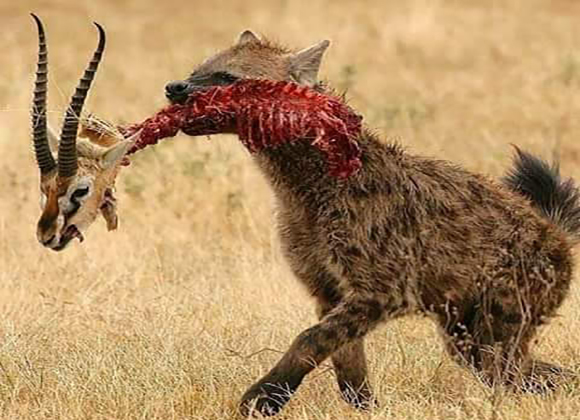 8 Days Manyara/ Serengeti/ Ngorongoro Crater & Tarangire
8 Days Manyara/ Serengeti/ Ngorongoro Crater & Tarangire
8 day(s) | Wildlife Ngorongoro
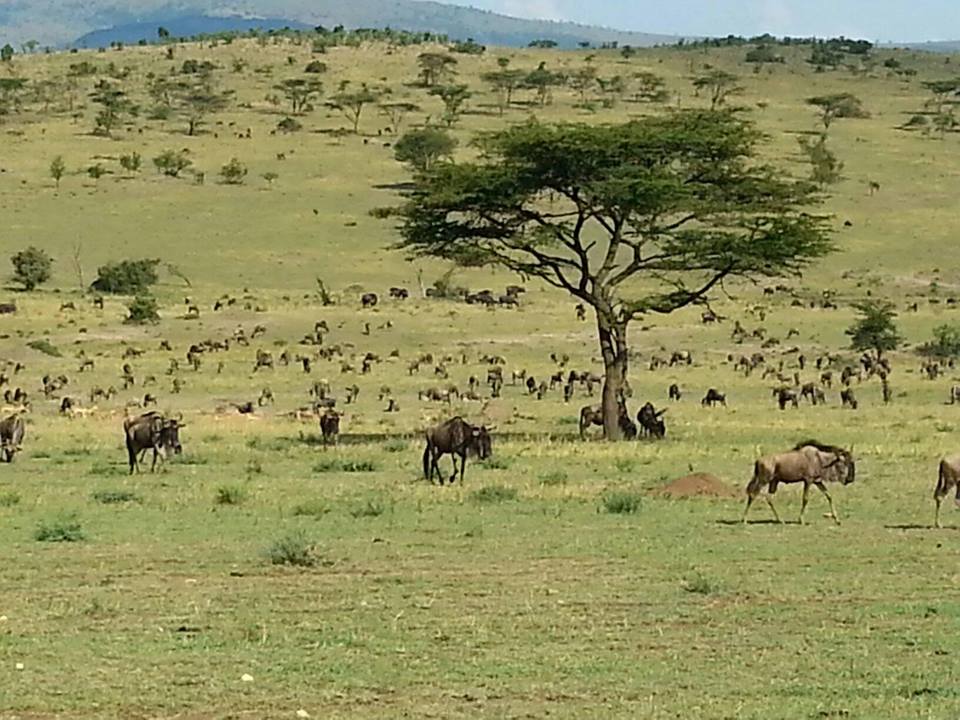 Southern Tanzania
Southern Tanzania
2 day(s) | Wildlife Mikumi
 4 DAYS 3 NIGHTS: MIKUMI & UDZUNGWA NATIONAL PARK
4 DAYS 3 NIGHTS: MIKUMI & UDZUNGWA NATIONAL PARK
4 day(s) | Wildlife Mikumi
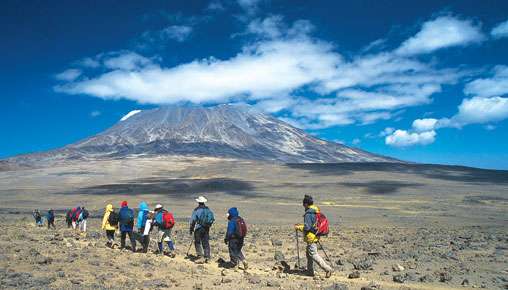 Lemosho Route
Lemosho Route
7 day(s) | Kilimanjaro Climbing Kilimanjaro
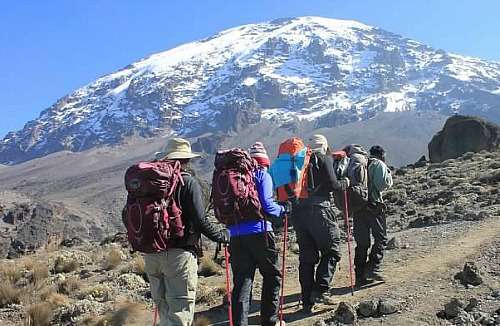 Rongai Route
Rongai Route
6 day(s) | Kilimanjaro Climbing Kilimanjaro
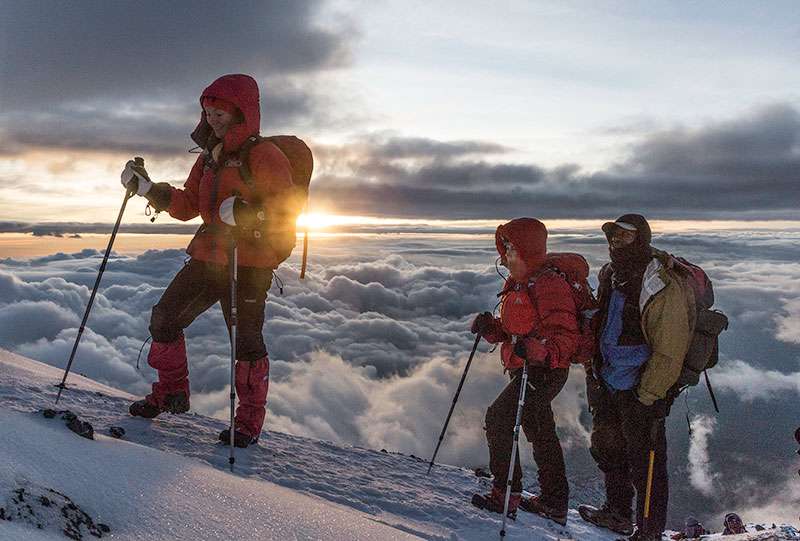 Machame Route
Machame Route
7 day(s) | Kilimanjaro Climbing Kilimanjaro
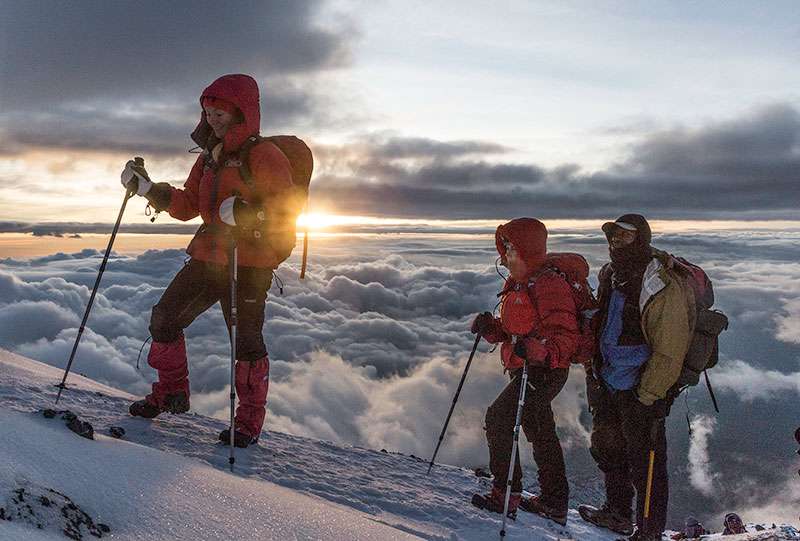 Umbwe Route
Umbwe Route
5 day(s) | Kilimanjaro Climbing Kilimanjaro
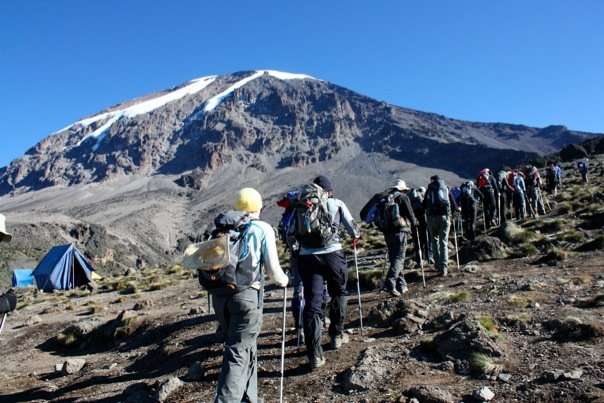 Machame Route
Machame Route
6 day(s) | Kilimanjaro Climbing Kilimanjaro